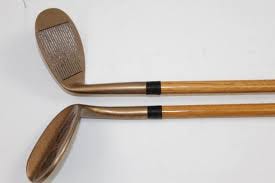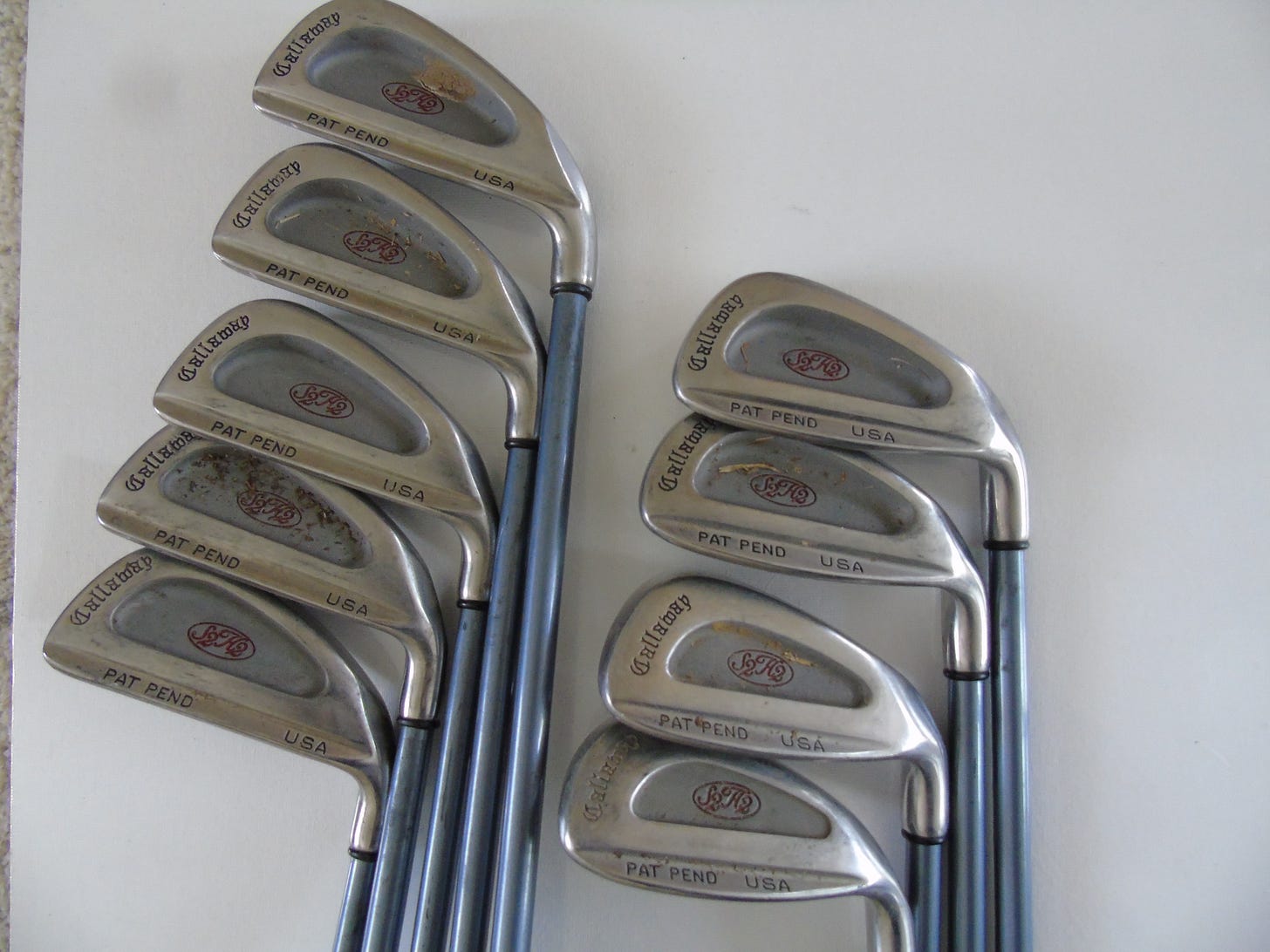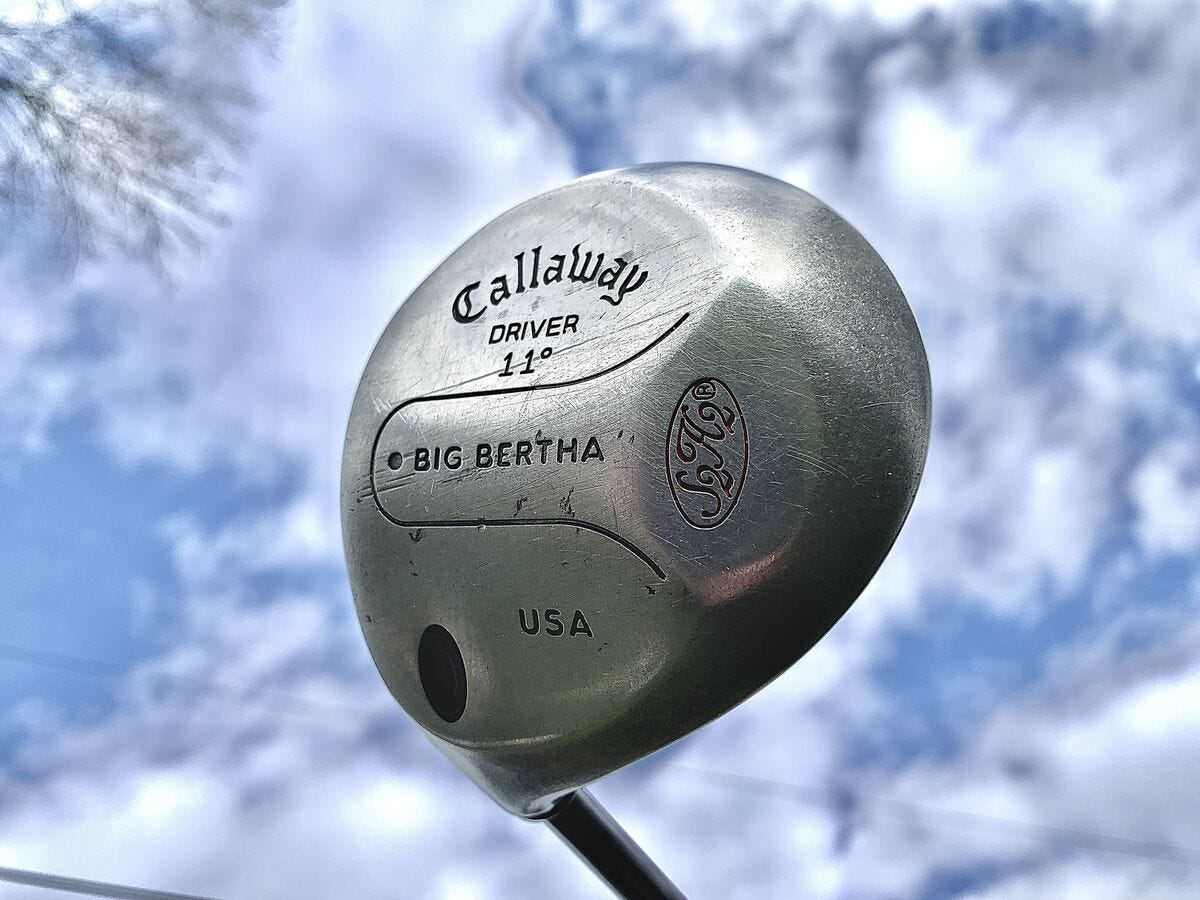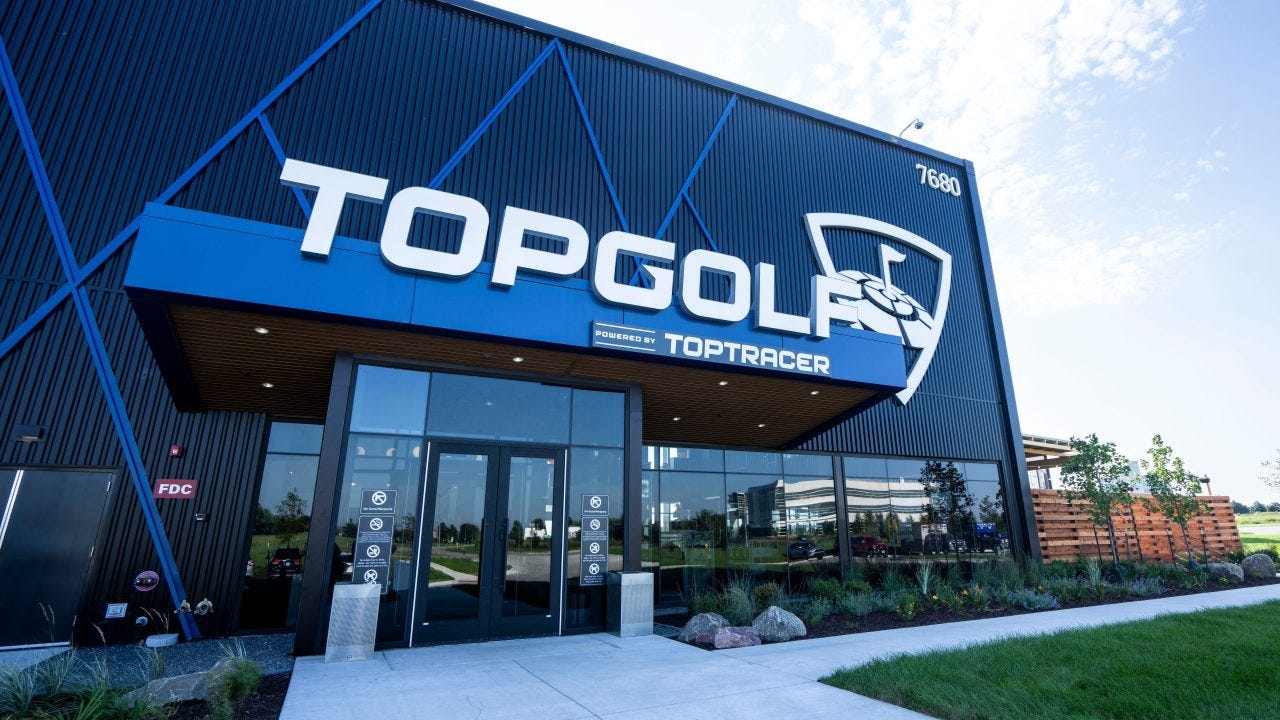He was 62, already wealthy, and retired. But Ely Callaway wasn’t finished.
For most people, a career like his would’ve been more than enough. He had led Burlington Industries, the largest textile company in the United States.
He’d launched successful ventures in wine and fashion. He was financially secure, with nothing left to prove.
But Callaway wasn’t wired to sit still. He had two lifelong passions: innovation and golf.
And as he looked around at the golf industry in the early 1980s, something didn’t sit right. The game was stuck in tradition. Clubs were hard to hit. Equipment was unforgiving.
Most weekend players felt intimidated and frustrated. The sport wasn’t growing, and no one seemed to be doing anything about it.
Then, on a trip through California, fate stepped in.
He discovered a small workshop called Hickory Stick USA. It was run by a former professional golfer who handcrafted unusual clubs: wooden on the outside, but with hidden steel cores that made them easier to use. The clubs weren’t perfect. But they were different. And something about the concept stuck with Ely. He invested $400,000, quietly, as a silent partner.
( Callaway Hickory Stick Wedges – Hi-Lob & Sand Wedge with Steel-Core Shafts )
Within a year, he bought out the entire company, renamed it Callaway Golf, and moved operations to Carlsbad, California. He was 63 years old, and just getting started.
At the time, golf’s elite still swore by persimmon wood drivers. They looked beautiful, felt elegant, but were punishingly hard to use. Professionals could manage.
Amateurs couldn’t.
Ely Callaway didn’t care about tradition. He thought like a consumer.
He asked, “Why can’t this be easier? Why can’t we use better materials?”
He started recruiting engineers, not from the golf world, but from aerospace and defense.
People who knew how to build precision tools, not just pretty ones. He poured money into research and development, while most golf companies stayed focused on their legacy designs.
The first real breakthrough came in the mid-1980s: the S2H2 iron, short for Short Straight Hollow Hosel. It re-engineered how weight was distributed across the club, making it more forgiving. It was a solid start. But it wasn’t a revolution.
( Callaway S2H2 Iron Set – Excellent Original Condition )
That would come in 1991.
That year, Callaway introduced the Big Bertha driver. The name, borrowed from a World War I German cannon, was meant to sound bold and playful. But the club itself was a game-changer.
It had a massive 190cc stainless steel head, far bigger than anything golfers were used to. The oversized head created a larger sweet spot, which meant average players could now hit straighter, longer drives, even when they missed the center of the clubface.
The traditionalists mocked it. It was too big. Too modern. It didn’t look like golf.
But ordinary golfers didn’t care. They cared about hitting better shots. And with Big Bertha, they did.
Sales exploded. Within a few years, Callaway had become the top driver brand in the world.
Ely wasn’t satisfied. He wanted Callaway to be more than a one-product company. He pushed to expand the line: more forgiving irons with perimeter weighting, high-tech multi-layer golf balls, precision-engineered putters. In 1997, Callaway acquired Odyssey Golf and turned it into the most-played putter on Tour.
The company became a machine for innovation. Even decades later, that mindset remains. Today, Callaway is one of the only golf brands using artificial intelligence to design its clubfaces and advanced carbon composites to push the limits of performance.
But Callaway’s vision didn’t stop with equipment.
In 2020, long after Ely’s death, the company made a bold move: it acquired Topgolf, the high-tech driving range and social entertainment chain. The decision wasn’t about tradition. It was about the future. Younger players weren’t moving on to country clubs or 18-hole rounds. They wanted experiences. Music. Friends. Drinks. Fun.
Topgolf delivered that and attracted millions of new players in the process. With the acquisition, Callaway didn’t just become a leader in equipment. It became a lifestyle brand for the next generation of golfers.
Today, Callaway Golf generates $3.8 billion in revenue. It owns over 100 Topgolf venues across the globe. It holds leading market share in drivers, irons, wedges, and putters. It owns fashion brands like TravisMathew and Jack Wolfskin. And it all started with one $400,000 investment in a strange little company making hickory-shaft hybrids.
Ely Callaway passed away in 2001 at the age of 82. But his legacy is everywhere.
At its core, his vision was simple: make golf easier, more enjoyable, and more accessible.
And to anyone who thinks they’re too old to start something new?
He’d probably smile and say: “You’re just getting warmed up.”
What can we learn from Callaway’s story?
It’s never too late to start. Ely Callaway was 62 when he entered a new industry and built one of its leading brands.
Think like a consumer. The Big Bertha driver succeeded because it solved a real problem for regular golfers.
Innovation wins in traditional markets. Even conservative industries can be disrupted with bold ideas and better products.
Don’t be afraid to evolve. The Topgolf acquisition shows how brands must adapt as consumer habits change.











Business
I have been coaching businesses since 1997. Here is my substack link to subscribe for free and learn. I’ll subscribe back 💯%https://thebusinesscoach.substack.com/